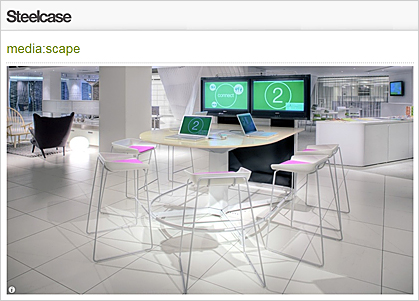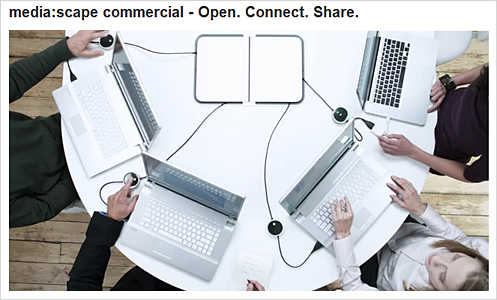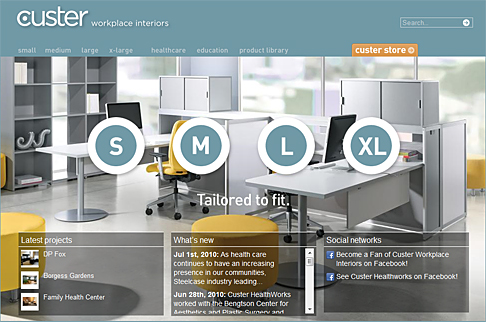From DSC:
600 people of Grand Rapids came out to attack, *&^%$& and moan about the movement towards the use of online learning…great. Just great. The GRPS’ School Board was trying to take positive, courageous action and what did they get? An auditorium full of people feeding off each others’ words — words full of emotion but often times unfounded.
Man…do I feel sorry for the school boards of America. School boards — as well as the boards of colleges and universities — are under numerous pressures right now. I commend the school boards — such as that of the Grand Rapids Public Schools — who are trying to take positive and courageous action, and who have to fight a system that is incredibly stuck in “tradition” (i.e. “the way it’s always been done around here” and “that’s how I learned, that’s how you should learn” ). The problem is, tradition just isn’t doing the trick anymore. The world has changed and is leaving behind those folks who are still stuck in tradition. And we haven’t seen anything yet. Just wait a couple of years for those folks who “got it” to pull far away from those still stuck in tradition.
Along these lines…
I’m tired of all the bad-mouthing of elearning / online learning from folks who have never tried it. Several of the folks in the video had tried it and felt it came up short. Fair enough — that’s very valid. But if the materials weren’t good, we need to use the iterative process inherent in instructional design to improve them! Take the feedback from the students and make improvements to the materials — don’t ditch the efforts before they even get off the ground for the rest of the folks. (I do wonder what materials these students were using…? Probably boring, page-turners. We can do much better than that!)
Using blended learning is an excellent and proven way to move forward. Let’s take the best of both worlds to create a world where learning is engaging, fun, and where students can pursue their passions. Let’s let their passions drive learning in other areas/disciplines.


Creating well-done, engaging, sophisticated, interactive, multimedia-based educational materials takes time and money — no doubt about it. That’s why it would be wise to pool resources and create professionally-done, highly-engaging, multimedia-based educational materials (and create supplementary avenues which let the students build materials themselves and/or contribute to the body of knowledge as well). The federal government’s plans to contribute millions of dollars to create these materials is a great idea. If these materials are done well — and create/relay the content via multiple ways — we can leverage these materials across numerous school districts, charter schools, home-schooling situations, etc.
Concluding thoughts:
- Folks, if you want to survive and thrive in the future, ditch the Model T. Start your new engines, and get your car on the race track.
- Burying your heads in the sand and waiting for this perfect storm to just blow over won’t cut it.
- Change is at your doorstep. What’s your plan/response? What would YOU do if you were on these school boards?

P.S. I don’t know enough about the historical decisions of the GRPS School Board to comment on other areas and how GRPS got to be in the situation that it is currently in (which is probably a multi-faceted, complex issue). But an auditorium full of people dogging the online learning world is a step in the wrong direction.
See also:
- A Harlem middle school bets on technology
Attendance, the bane of many schools that serve a community of mostly poor minority kids, is not a problem at Global Technology Preparatory, a new middle school in Harlem, reports the Gotham Gazette. “Tabitha used to hate to go to school, now she loves it,” said Maria Ortiz of her granddaughter Tabitha Colon, who transferred out of a Catholic school to attend Global Tech. As its name implies, this school relies on technology to capture the attention of its students and give them a sense of responsibility and empowerment, as well as to teach academic subjects, such as math and English language arts, in new and more engaging ways. With this approach, Global Tech is a poster child for one of New York City Schools Chancellor Joel Klein’s latest experiments, the so-called Innovation Zone, or iZone. This effort seeks to use new approaches to education, including more flexible class schedules that extend learning throughout the day and calendar year, and digital technology to improve student engagement and performance. This school year, Global Tech is one of 10 pilot schools in the iZone, which will be expanded to 81 public schools in the 2010-11 school year. The education department is hoping that Global Tech and other schools like it can finally do something to improve middle school achievement and solve one of the most intractable problems in the city’s education system…Click here for the full story
- Florida House opens door for more technology in classrooms























